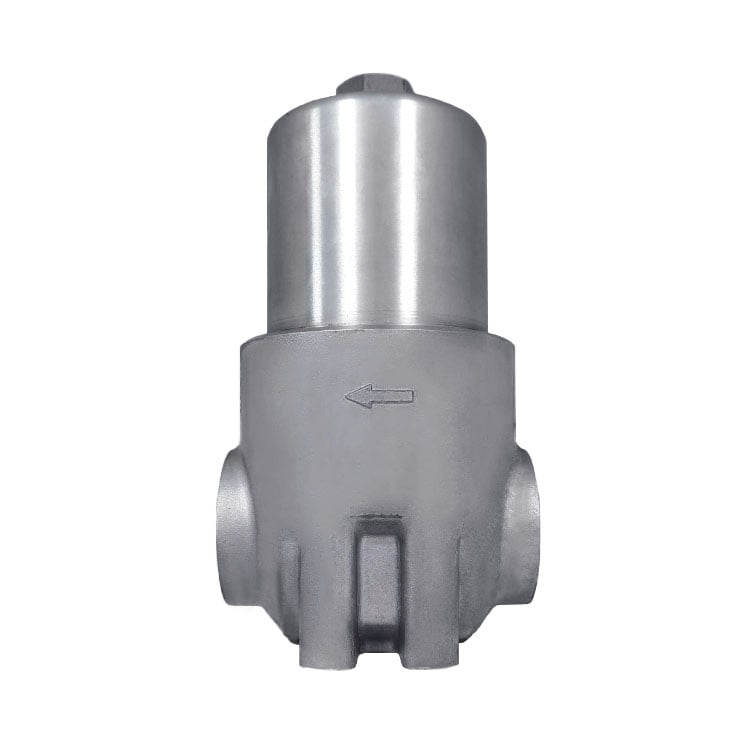The accuracy requirements for hydraulic filters depend on the specific application and the level of cleanliness required for the hydraulic system. Here are some common accuracy standards and considerations:
-
ISO 4572 Standard: This is a widely recognized standard that specifies the filtration performance based on the particle size removal efficiency. It defines different beta ratios (β) which indicate the proportion of particles larger than a specified size that are removed by the filter.
- Beta Ratios: Common beta ratios include β2, β10, β25, etc., where the number indicates the micron size of the particle. For example, β10 = 75 means the filter can remove 75% of particles larger than 10 microns.
- Multi-Pass Testing: This involves circulating a contaminated fluid through the filter multiple times to simulate real-world conditions and measure its efficiency in removing particles over repeated use.
-
NAS 1638 Standard: This standard provides a classification system for particle contamination levels in hydraulic oils. It categorizes oil cleanliness into several classes, from Class 0 (cleanest) to Class 14 (dirtiest), based on the number of particles per milliliter of oil in specific size ranges.
-
SAE AS4059 Standard for hydraulic filters: This standard sets guidelines for particulate contamination levels in aviation fluids but is often referenced in hydraulic systems as well. It uses a similar particle counting method to classify fluid cleanliness.
-
Manufacturer Specifications: Many hydraulic equipment manufacturers have their own specific requirements for filter accuracy to ensure optimal performance and longevity of components. These specifications may be more stringent than general industry standards.
-
System Sensitivities for hydraulic filters: The choice of filter accuracy also depends on the sensitivity of the hydraulic components within the system. More critical or precision components may require higher filtration accuracy to prevent damage or malfunction.
When selecting a hydraulic filter, it's crucial to consider not only the nominal filtration rating (the size of particles the filter is designed to capture) but also the actual performance under operating conditions, as indicated by beta ratios and multi-pass testing results. Always refer to the manufacturer's recommendations and industry standards applicable to your specific application to ensure proper protection and functionality of your hydraulic system.
Quote Inquiry
Contact us!

